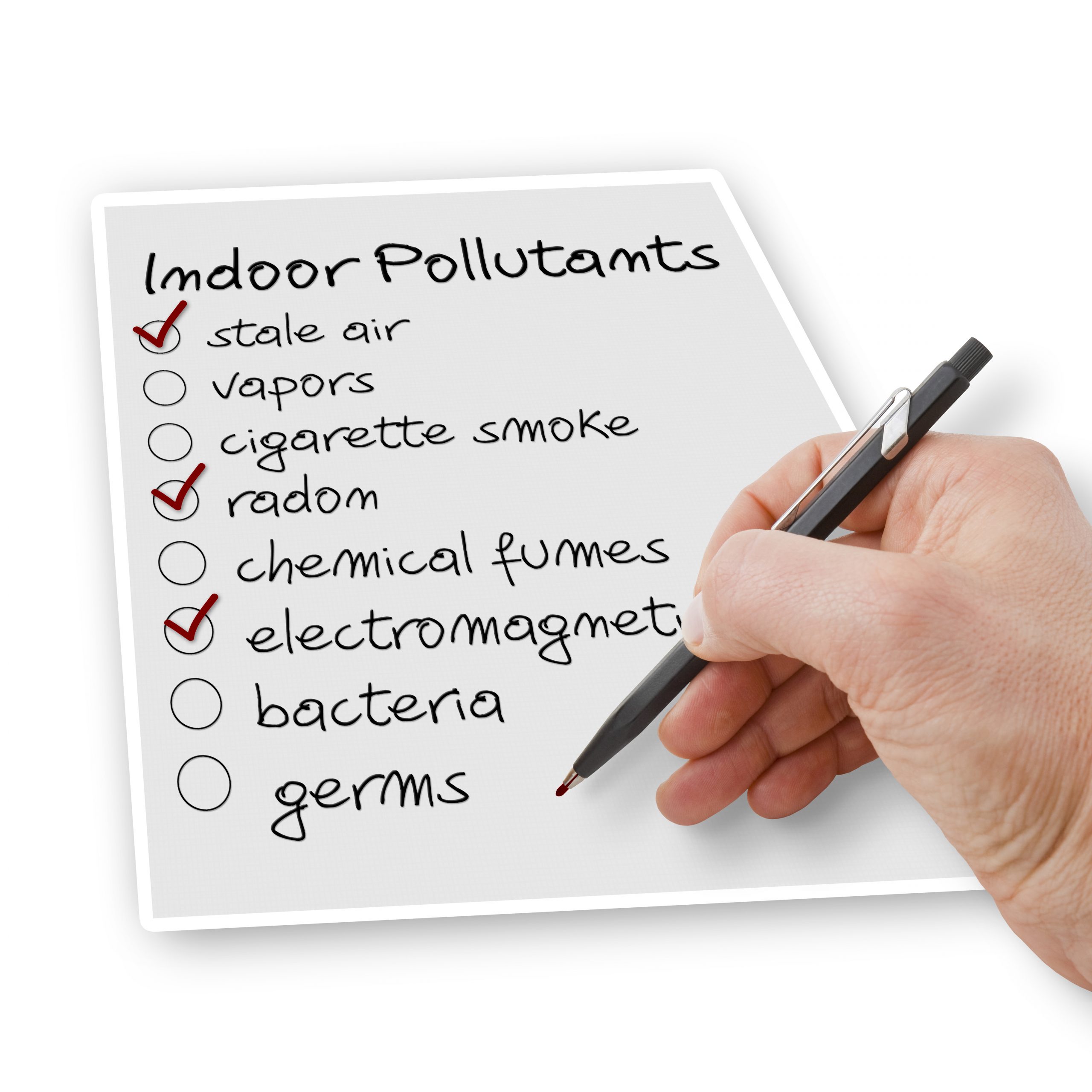Homeowners might not have seen the need to focus too much on improving indoor air quality. This may be because the emphasis is usually placed on outdoor air, which people see to contain many more pollutants. However, this notion isn’t entirely true as indoor air has lots of contaminants, too. Because of this, your well-being and that of your loved ones are compromised as you’re being exposed to harmful allergens that can cause respiratory infections, such as asthma and chronic obstructive pulmonary disease.
Fortunately, here’s a guide detailing the steps you can follow to improve the air quality in your indoor space.

1. Change The Air Filters
While heating, ventilation, and air conditioning (HVAC) systems are best known for regulating the temperatures inside your home, they’re also very effective at filtering out pollutants from the air. Thanks to your HVAC system, you get to enjoy quality air throughout the year.
However, contaminants accumulate over time in the air filter, thereby reducing its effectiveness at removing air pollutants. When this happens, it can distribute the accumulated pollutants inside your home instead.
Fortunately, this is an issue you can easily address by hiring a qualified HVAC contractor to change your filters regularly. This would help restore your filter’s effectiveness at removing contaminants from the air.
2. Let In Fresh Air
A practical and simple way of improving the air quality inside your home is by opening the windows. The breeze outside your home effectively removes any chemical pollutants present in your indoor air. It also helps free your home from foul smells by rejuvenating the quality of the air inside.
However, opening your windows doesn’t apply at all times, especially if you reside in an urban setting, where the air outside is toxic and unpleasant. But you’re not left without a solution as you can buy a trickle ventilator that can filter out any impurities as the air enters through your windows.
Another cheaper alternative would be to open the windows late in the evening or early morning. With the fresh air flowing through your home, the issue of stagnant and foul-smelling air would no longer be a problem.
3. Get Indoor Plants
Many homeowners put indoor plants to add visual appeal and bring life into their homes. But another lesser-known benefit of indoor plants is their ability to be natural air filters. This is the case with bigger palm trees and smaller plants, such as lilies and ferns, which could boost the air quality inside your home and increase the oxygen supply. By adding in indoor plants, your home will have fewer pollutants, which might originate from different sources like furniture, cleaning products, trash, wood, natural gas, or carpets.
4. Control The Temperature And Humidity In Your Home
Bacteria and molds are common air pollutants that thrive in wet, dark, and warm spaces in your home. If these grow, they’d most likely take over your whole place. To prevent this from happening altogether, you should control the humidity and temperature levels inside your home.
Ideally, this should start with how you design your would-be house while it’s still under construction. This way, you’ll ensure there aren’t any dark spaces that can create a suitable environment that attracts dust mites and promotes the growth of bacteria and molds.
Extremely humid conditions that exceed 60% are also known to cause respiratory complications, such as asthma and allergies. With all these downsides, it’s crucial to have total control over the humidity in your home. This is especially vital during hot summer months when it tends to be extremely humid.
There are various effective strategies you can follow to reduce your home’s humidity. These include the following:
- Use dehumidifiers and position them in strategic areas.
- Fix leaky pipes.
- Position the clothes dryer in a manner it vents outside your home.
- Continually empty the drip pans in your dehumidifier and air conditioner.
- Open windows or use the exhaust fan when bathing, cooking, and dishwashing.
5. Buy An Air Purifier
Installing an air purifier is also another effective technique for enhancing the air quality inside your home. This device does this efficiently by sucking in air, which is passed through several filters that trap pollutants. Subsequently, the air is released back into the room a lot fresher and cleaner. Some of the microscopic pollutants an air purifier removes include dirt, pollen, and dust particles.
When shopping for an air purifier, it’s best to get one with a high clean air delivery rate. This type of air purifier does a much better job of cleaning the air and at a much faster rate.
Takeaway
With many people today spending a greater amount of their time indoors, there’s a need to consider the quality of indoor air. This would help you safeguard yourself from certain preventable respiratory infections. If you have no idea how best to improve the air quality in your home, this detailed article has outlined the different steps you can follow.